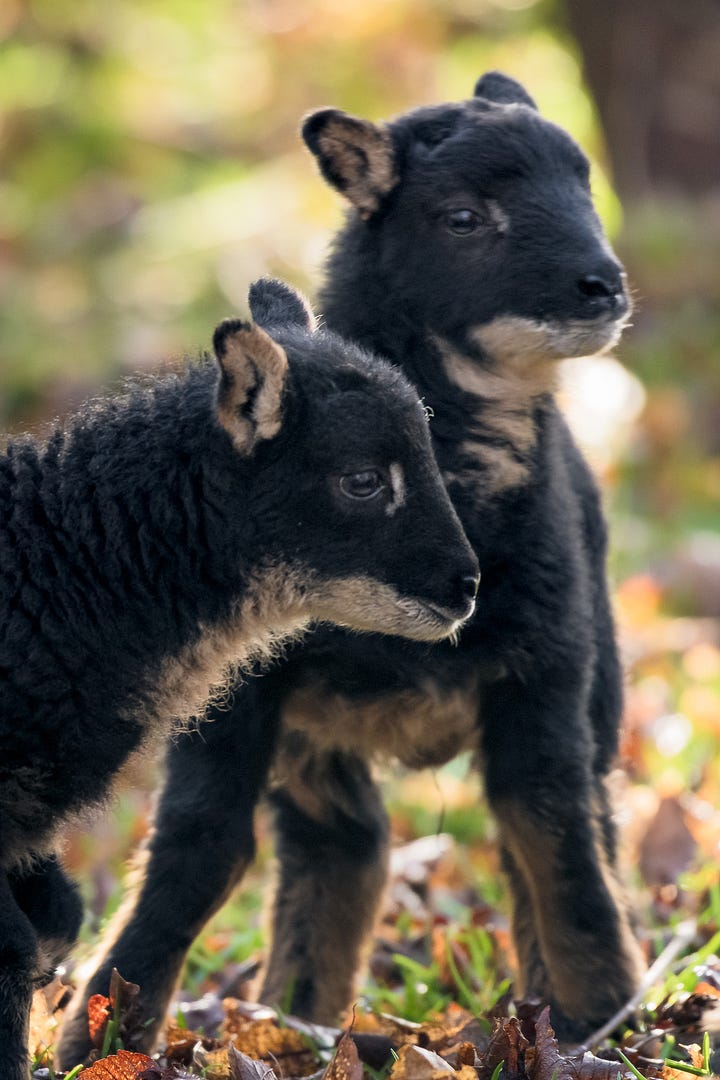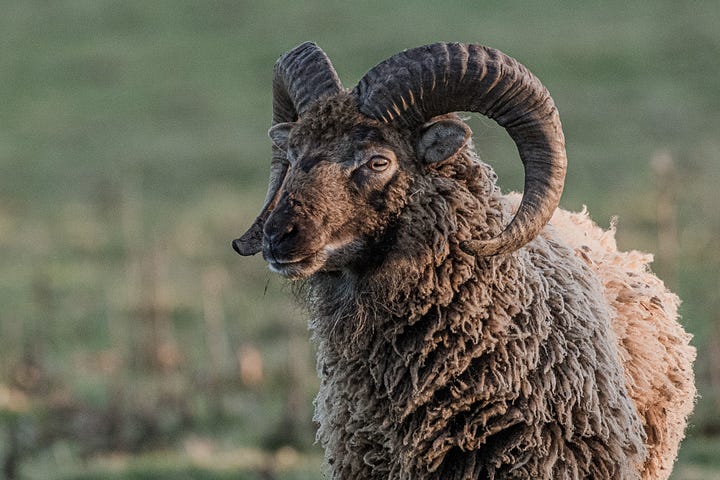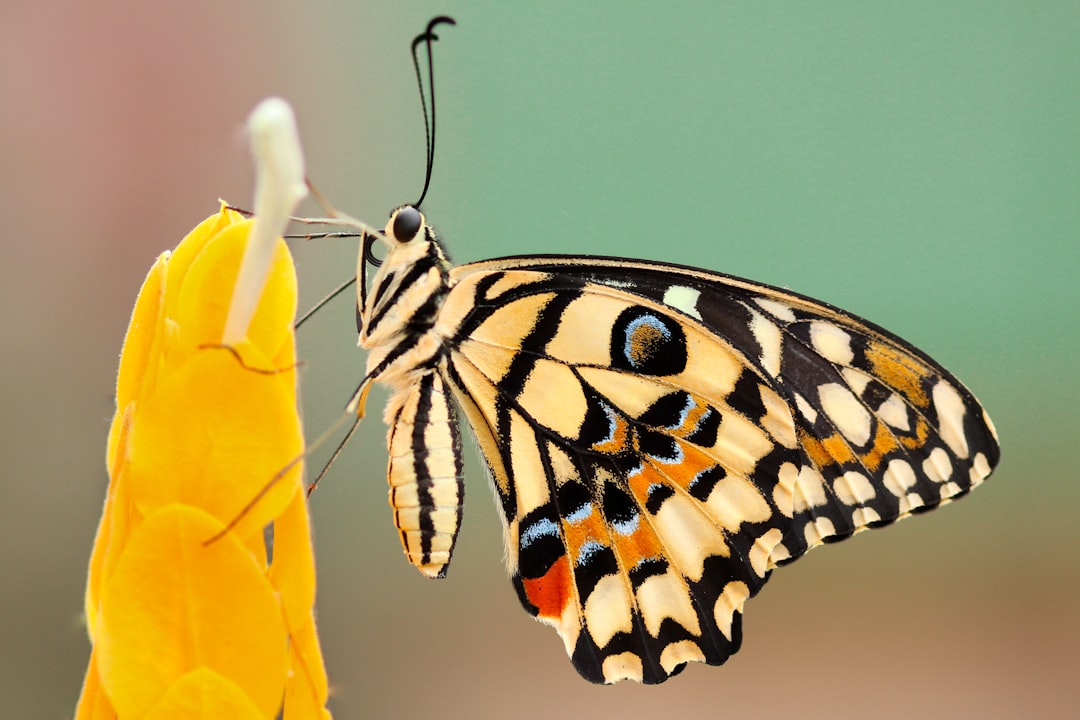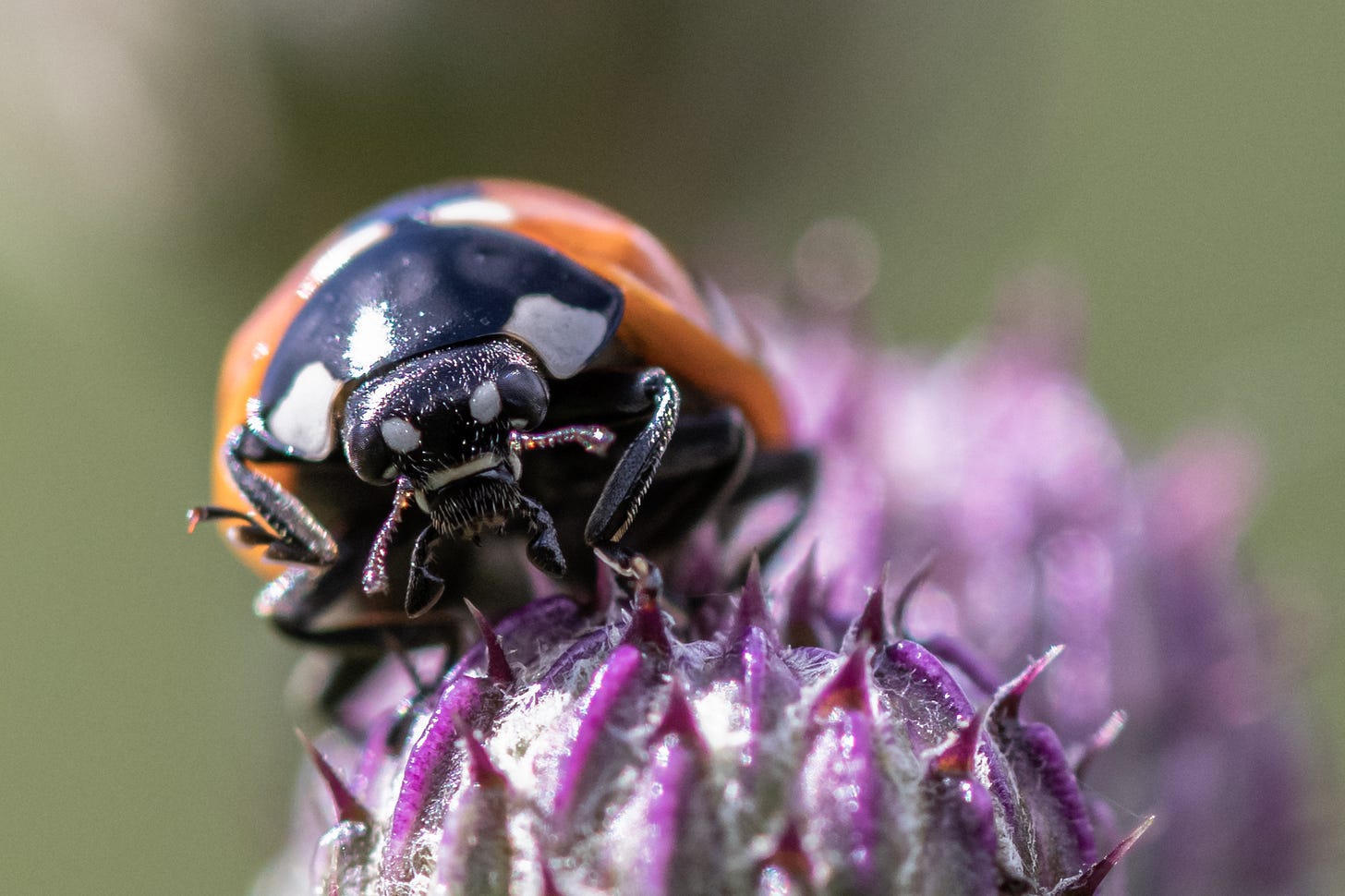Section 4.b. "Smaller-Scale Rewilding: A Practical Guide to Restoring Nature in Your Own Space"
The latest section of LettsSafari's guide to smaller-scale rewilding covers 'Keystone and Cornerstone Species: The Heroes of Smaller-Scale Rewilding.'
We’re publishing weekly instalments of the definitive guide to smaller-scale rewilding directly in LettsSafari+ and to your inbox - section after section, week after week. Packed with amazing photography and immersive videos straight from our parks.
If you're not a paid member of LettsSafari, subscribe today. Get the amazing guide and help us build more rewilding safari parks for the price of a cup of coffee a month.
Keystone and Cornerstone Species: The Heroes of Smaller-Scale Rewilding
In ecology, a keystone species is one that has a disproportionately large effect on its environment relative to its abundance. In rewilding, we often think of big keystones like wolves (which control deer and thus allow forests to regenerate) or beavers (which create wetlands that benefit myriad species). But on a small scale, keystones can be much smaller organisms - certain plants or even insects that numerous other species rely on. We’ve touched on plant keystones (oak trees, ragwort, bramble). Let’s delve a bit more and also consider animal contributors.
For small rewilded habitats, keystone plants include many of the natives mentioned. An oak or willow tree, if space allows, effectively creates an entire micro-ecosystem by itself - hosting insects, providing cavities for roosting bats or nesting birds, dropping leaf litter that feeds detritivores and enriches soil. In a garden, a mature native tree is often the linchpin of biodiversity (many wildlife gardening guides suggest “if you only have room for one thing, plant a native tree”). Even a fruit tree like a wild plum or apple can serve similarly - it flowers (pollinators), fruits (birds, mammals), can host lichens and caterpillars on its leaves.
Cornerstone species (a term LettsSafari uses - akin to keystone, often referring to plants at the base of trophic pyramids) in rewilding gardens are those that create habitat structure or primary productivity that many others use. For instance, in a mini-pond, water lilies and pondweeds might be cornerstone plants that oxygenate and provide surfaces for eggs of newts or shelter for tadpoles. On land, tussock-forming grasses like tufted hairgrass or molinia could be cornerstones - they form clumps that shelter overwintering insects and small mammals.
A Walk With The Butterflies
LettsSafari parks all have large areas of wild, flowing grasses and wildflowers packed with all kinds of insects and small mammals. The most visible of which is the butterfly. We did a small video experiment (see above) by taking a single shot short film along a mowed path with wild grasses either side to see how many butterflies and moths would flit ac…
Now, smaller-scale rewilding usually doesn’t involve introducing large animals (no wolves in your backyard!). But you can promote certain animal species that act like ecosystem engineers or important predators to keep balance. For example, ants can be beneficial engineers, aerating soil and distributing seeds of some wildflowers (plants like violets often have seeds carried off by ants). Earthworms are crucial for soil health; encouraging them by leaving leaf litter or mulch helps nutrient cycling. While you’re not “introducing” earthworms (they’ll come on their own if conditions are right), being mindful to maintain soil moisture and organic matter will build their populations.
In terms of predators, ladybirds (ladybugs) and lacewings are natural pest controllers - planting nectar-rich flowers like angelica or having some nettles (aphid farm) will support their larvae which eat aphids. Similarly, ground beetles are allies as they eat slugs and pests; ground beetles thrive under logs and in undisturbed corners. A little log pile can thus empower this keystone pest-control guild. Bats (like pipistrelles) could be considered a keystone in that a single bat eats thousands of mosquitoes and flies per night, controlling insect populations. If you have big enough trees or put up a bat box, you might support a bat roost that benefits your immediate area (and certainly the bats!).
Pollinators - bees, butterflies, hoverflies - are keystones for flowering plants (and thereby fruit production). Encouraging a diversity of pollinators ensures plants in and around your site can reproduce. Some wild bees (like solitary mining bees) also improve soil with their tunnelling. If you provide bare ground patches (for ground-nesting bees) and a variety of flowers, you’ll get a healthy pollinator community. In fact, a fascinating thing about city gardens is that collectively they can host more diverse bee communities than intensively farmed countryside, because of the variety of plants and lower pesticide use – making them urban keystones for pollination networks.
A special mention: fungi. While often overlooked in “rewilding” discussions, fungi are critical to nutrient cycling and plant health (through mycorrhizal associations with roots). In small areas, you can encourage fungi by leaving woody material to rot and by not over-sterilising the environment. Perhaps inoculate a log with native mushroom spores, or simply let leaf litter decompose naturally. If mushrooms pop up (even common ones), rejoice - it means the underground mycelial network is flourishing, quietly supporting your soil and plants.


If you're lucky enough to have a medium sized private park which is more than 25 acres in size you can consider a couple of herbivores like Soay or Badger Faces to help you keep the land under control, so long as over 50% of it is covered with wild grassland.
These small herbivores will also happily graze across open scrub and a woodland area, planted with 10 metre spacing’s between the trees so that plenty of undergrowth can develop (silvopasture). Young trees should be protected with posted tree covers and the park will need fresh water, whether in a rain-catching trough or a dug pond. The park should be surrounded by a 4 foot fence with sheep wire, unless you would like to experiment with new kinds of invisible fencing.
Invisible fences for livestock, also known as virtual fences, use GPS-enabled collars and communication technology to create boundaries without physical barriers. These systems utilise a combination of audio cues and mild electric pulses to train animals to stay within designated areas, offering a flexible and efficient alternative to traditional fencing.
How To Build Your Very Own Rewilding Safari Park
LettsSafari is a pioneer and expert in smaller-scale rewilding. We have developed models for small gardens, medium and large gardens. We have also built models for small, medium and large parks. All are live and operating at our rewilding centre in Exeter, Devon. More across
Keep reading with a 7-day free trial
Subscribe to LettsSafari+ to keep reading this post and get 7 days of free access to the full post archives.






